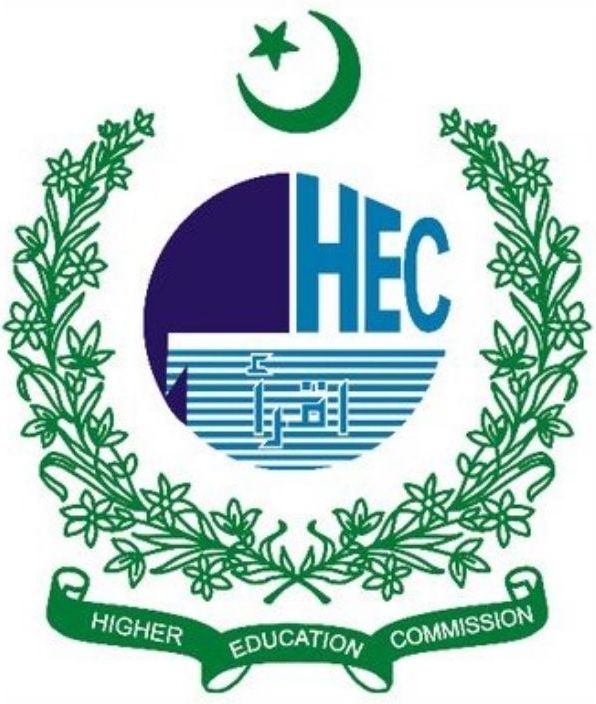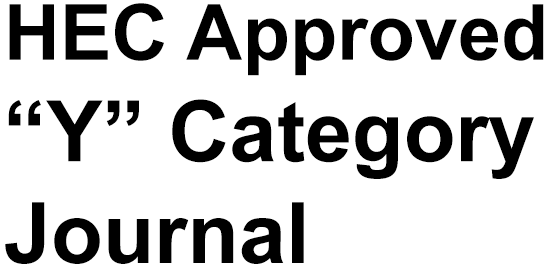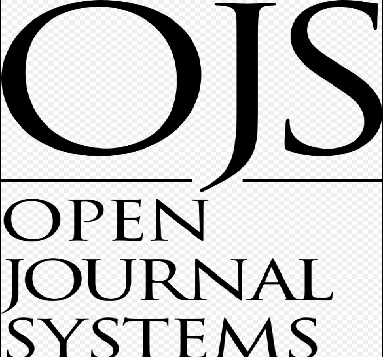Technological Asymmetry and Strategic Realignment in the India-Pakistan Conflict
DOI:
https://doi.org/10.63056/ACAD.004.03.0447Keywords:
India-Pakistan conflict, Chinese military technology, PL-15E missile, Network-centric warfare, Rafale fighter, Cost asymmetry in warfareAbstract
The air skirmish in Kashmir in May 2025 indicated a paradigm shift in South Asian military dynamics, with China providing platforms and services integrated with advanced capabilities to Pakistan's defense infrastructure, completely upending the balance of power. This article will examine Pakistan's adoption of the Chinese network-enabled warfare concept, demonstrated by the PL15E missile, J10C fighters, and Link 17 data systems, and reveal that it has given Pakistan a clear tactical advantage against India's weaponization against its NATO allies. A SWOT analysis uses economic data, technical specifications, and geopolitical conditions to explain the significant strategic implications of technological asymmetry.
Downloads
Published
Issue
Section
License
Copyright (c) 2025 Dr. Zubair Ahmed Syed , Rezwan Ullah, Prof. Dr. Muhammad Asadullah (Author)

This work is licensed under a Creative Commons Attribution 4.0 International License.












